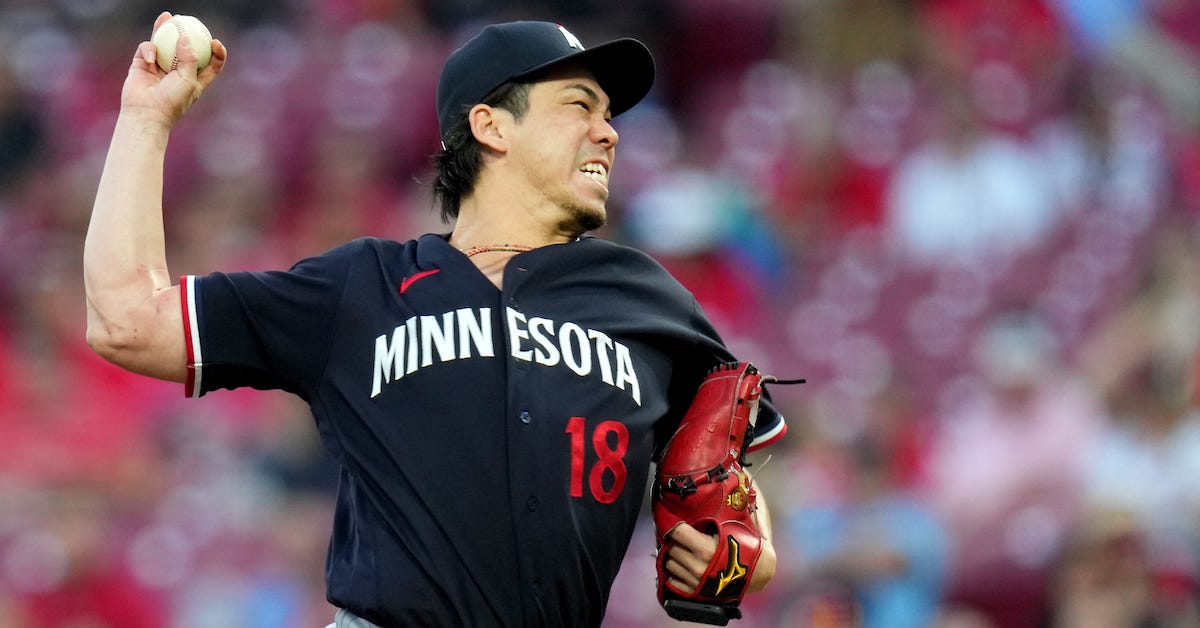Sunday Notes: Caleb Ferguson is Effectively a Square Peg in a Round Dodgers Hole
Caleb Ferguson is far from the biggest name on a Los Angeles Dodgers team that won 100 games during the regular season. Much for that reason, people who don’t closely follow the perennial NL West powerhouse probably don’t know how effective he’s been. To little fanfare, the 27-year-old southpaw made 68 appearances and went 7-4 with three saves while posting a 3.43 ERA and a 3.34 FIP over 60-and-a-third innings. Moreover, his numbers were even better if you discount the seven times he served as an opener. As a reliever, Ferguson won seven of nine decisions with a 3.02 ERA and a 3.07 FIP. His K-rate out of the pen was a tasty 27.5%.
Home cooking has been to his liking. Pitching at Chavez Ravine — Dodger Stadium if you will — the Columbus, Ohio native logged a sparkling 1.10 ERA while holding opposing hitters to a paltry .190/.258/.267 slash line.
Those things said, Ferguson is a square peg in a round hole when it comes to one of the organization’s well-known strengths. Analytics aren’t his thing.
“I guess it has the characteristics of a high-spin fastball,” Ferguson replied when I asked about the movement profile of his mid-90s four-seamer, a pitch he relied on 66.5% of the time this year. “But I don’t really look at the metrics, to be honest. I just come in and try to make good pitches. More than anything, I try to throw the ball in the safest spot to each guy. When I look at scouting reports, it’s basically just the safe zones and the danger zones.”
Ferguson likewise claimed not to know the metrics on his 33.5 percent-usage slider (Baseball Savant classifies the pitch as a cutter). Nor is he interested in knowing. Read the rest of this entry »








